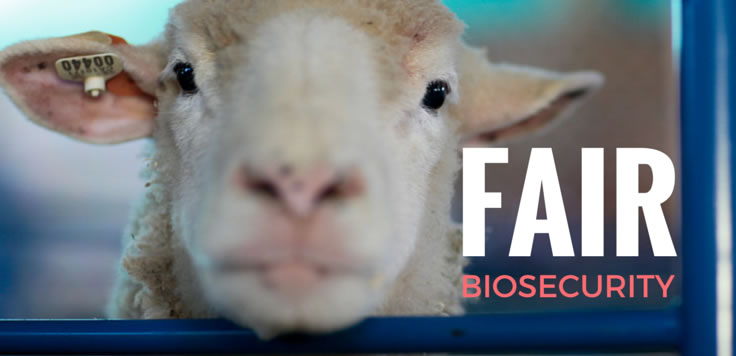 Photograph is copyright Luc Asbury and is used under Creative Commons licensing.
Photograph is copyright Luc Asbury and is used under Creative Commons licensing.
This webinar was presented by Scott Cotton, University of Wyoming Area Educator and EDEN Chair-elect, and Curt Emanuel, Purdue Extension Educator and Boone County Extension Director. Cotton has been with Extension since 1993 and involved in disasters since 1972. His emergency/disaster roles have ranged from medical technician and firefighter to ICS/NIMS instructor and disaster exercise facilitator. Emanuel is a former professional horse trainer. Since joining Purdue Extension in …

